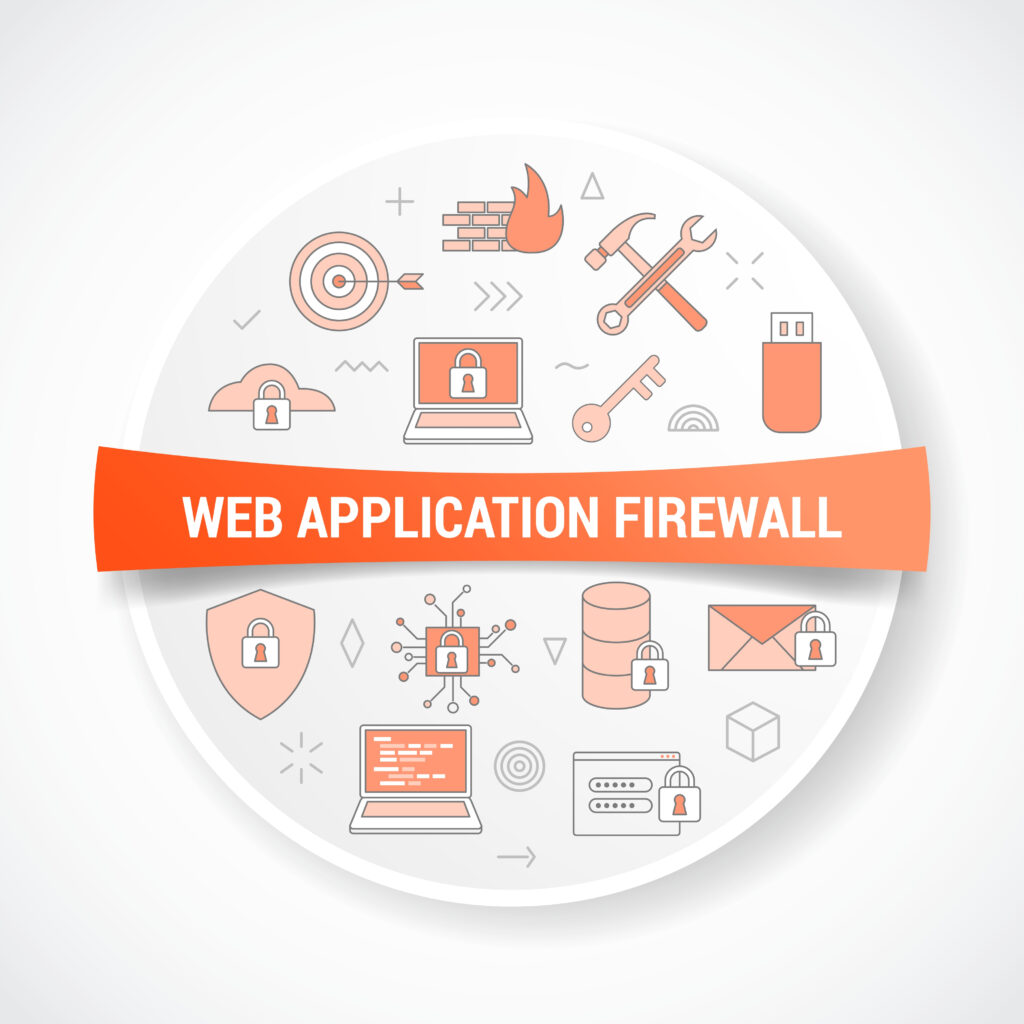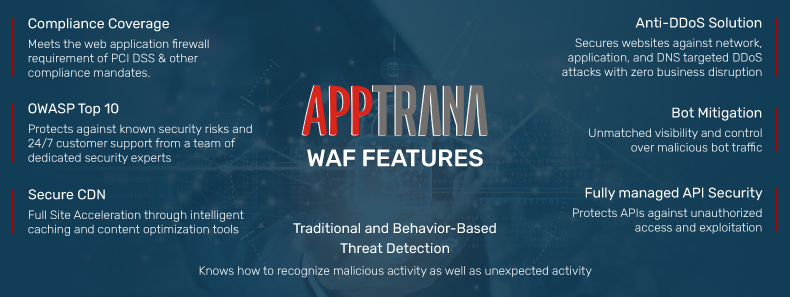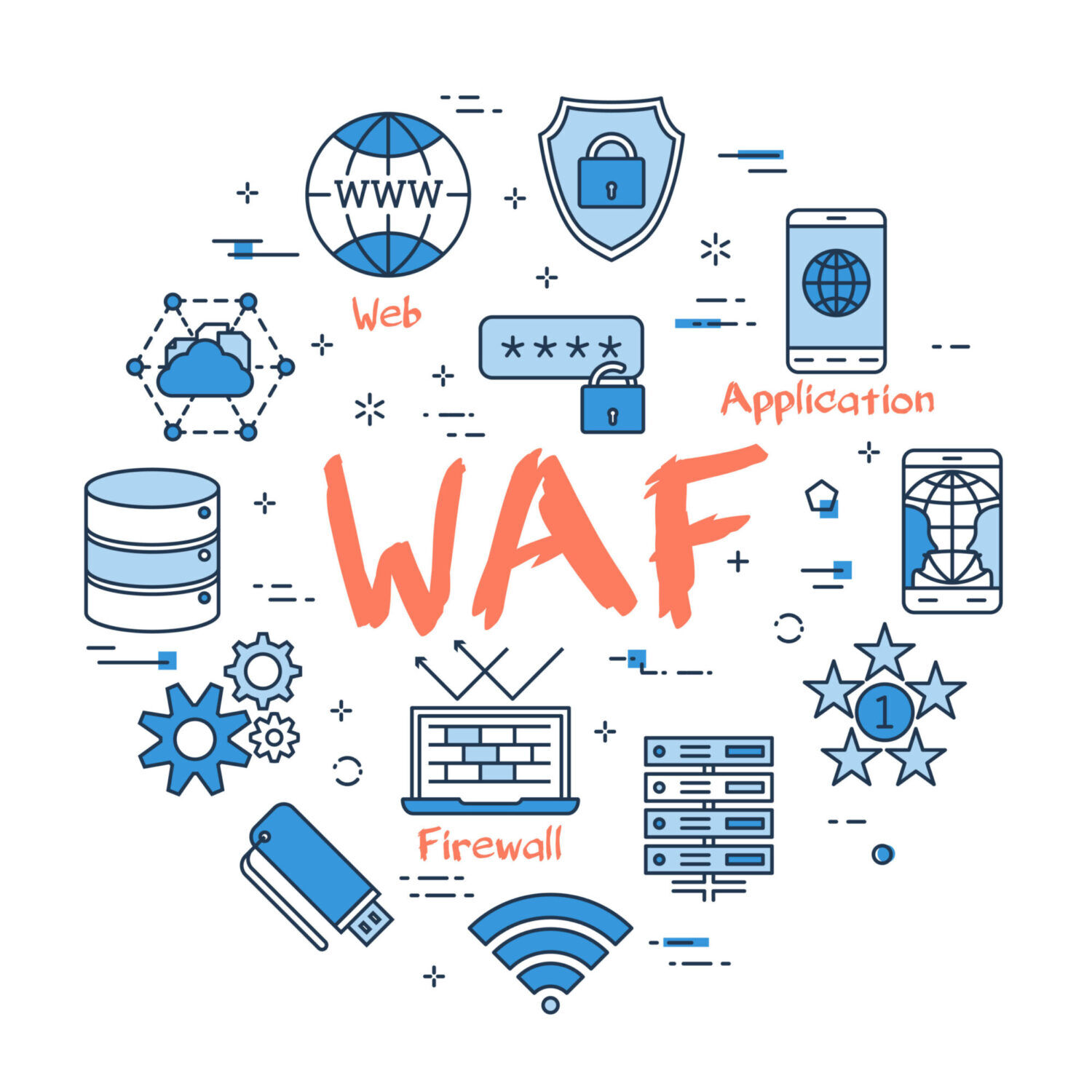Modern web application architectures have extended the attack surface. While, digitalization and automation have enhanced attacker effectiveness, leading to the continuous exploitation of known vulnerabilities like OWASP Top 10 and unknown threats.
About 1 billion customers’ identities are being stolen, more than 10,000 security breaches occur every day, and over 90% of websites are in danger of cyberattacks. These data highlight how vulnerable our digital assets are. The main causes of these threats are weak passwords, unpatched security vulnerabilities, insider threats, poor authentication, etc.
The good news is that there are security solutions and tools proven to protect your web and cloud applications by mitigating vulnerability exploits and blocking compromise-especially, the next-gen WAF (Web Application Firewall).
But first, What is Next-Generation WAF?
WAF is software that sits between your website and the internet and filters all the traffic going in and out. This can help prevent attackers from exploiting vulnerabilities in your website’s code or database.
WAF technology is constantly evolving as the internet and web applications become more complex. At the moment, the most advanced WAF called Next-gen WAF can inspect and block traffic at the application layer. They use a combination of signature-based detection and machine learning algorithms to identify malicious traffic and prevent it from reaching the web application. Some WAF solutions can also protect against zero-day attacks, which are attacks that use previously unknown vulnerabilities.

Why do we Need WAF?
There’s no doubt that cyberattacks are on the rise. Data breaches have become so common that they’re now considered “the new normal.” The problem is that because so much of our lives are now digital (including our finances, healthcare information, and personal data), cybercriminals have more opportunities to exploit us.
Further, today’s third-party integration, distributed architectures based on containers and APIs, and multi-cloud environments increase the complexity and risks.
One such issue is zero-day exploits. The zero-day attack exploits security vulnerabilities in your web application that have not been identified; whatever vulnerabilities are yet to be fixed are open for misuse.
In June, Nayana, a web hosting company in South Korea experienced a ransomware attack. The attacker compromised more than 250 of their servers. The Erebus ransomware locked Nayana’s clients and kept the company partially offline almost for a month and demanded $ 1 million as ransom to get all their clients’ data restored. Post-breach analysis revealed that Nayana was running unpatched servers, which contributed to the success of the exploitation.
Any organization hosting web applications and API could fall victim to application security attacks. But with advanced features and a multi-layer approach, a next-generation Web Application Firewall defends web applications and API from all variants of threats, including OWASP Top 10 vulnerabilities and Zero-day threats.
With machine learning and threat intelligence, WAF analyses and provides robust protection against ever-evolving security threats. With ML in place, the need for manual tunning was also eliminated.
WAF prevents attacks through inclusion vulnerabilities, SQL Injection (SQLi), Brute-force attacks, Cross-site Scripting (XSS), and Distributed denial of service (DDoS) attacks. It ensures next-generation protection against today’s complex security concerns and performs SSL termination.
WAF solutions offer many more features, including
- Bad bot check
- Social Security Number (SSN) masking
- XSS check
- Allowed HTTP keywords checks, such as GET, POST, and more
- Cookie check
- URI Blacklist/White List check
- HTTP referrer check
- SQL injection attack (SQLIA) check
- CSRF check
- Credit Card Number (CCN) masking
- More…
Higher Level of Web Application Security with AppTrana WAF
AppTrana WAF is a risk-based Web Application Firewall specifically designed to deal with the unique threats posed by web and cloud environments. It can monitor traffic both in and out and identify and block malicious or unauthorized traffic before it can do any damage.
This next-generation firewall is designed to protect against modern threats, such as malware, ransomware, and phishing attacks. They use sophisticated behavioural analysis techniques to detect and block malicious traffic, and they can also protect against attacks that exploit vulnerabilities in application protocols and network protocols.

Further Indusface WAAP solutions enable a full defence stack with next-gen WAF, innovative bot protection, fully-managed API protection, and DDoS mitigation.
Backed by security experts, WAF enables you to fine-tune and customize the rule set by monitoring your web app traffic, blocking malicious data and requests, and building a policy that blocks undesired activity. AppTrana eliminates the associated staffing costs, which come with managing the WAF.
The Closure
Unfortunately, many companies are still in the dark about the dangers of cyberattacks and how they could protect themselves and their systems. One of the most popular methods is to use a web application firewall (WAF). This can help prevent attackers from exploiting vulnerabilities in your website’s code or database. Apptrana provides a highly versatile, enterprise-grade, cloud-based WAF, which comes with a team of experts to eliminate your application security risk.
Proactively shield your applications with AppTrana WAF and keep your critical assets safe while you grow your business!
Should you have any further queries, do contact our sales team at sales@netrust.net.
Follow us on LinkedIn for the latest happenings/updates.


